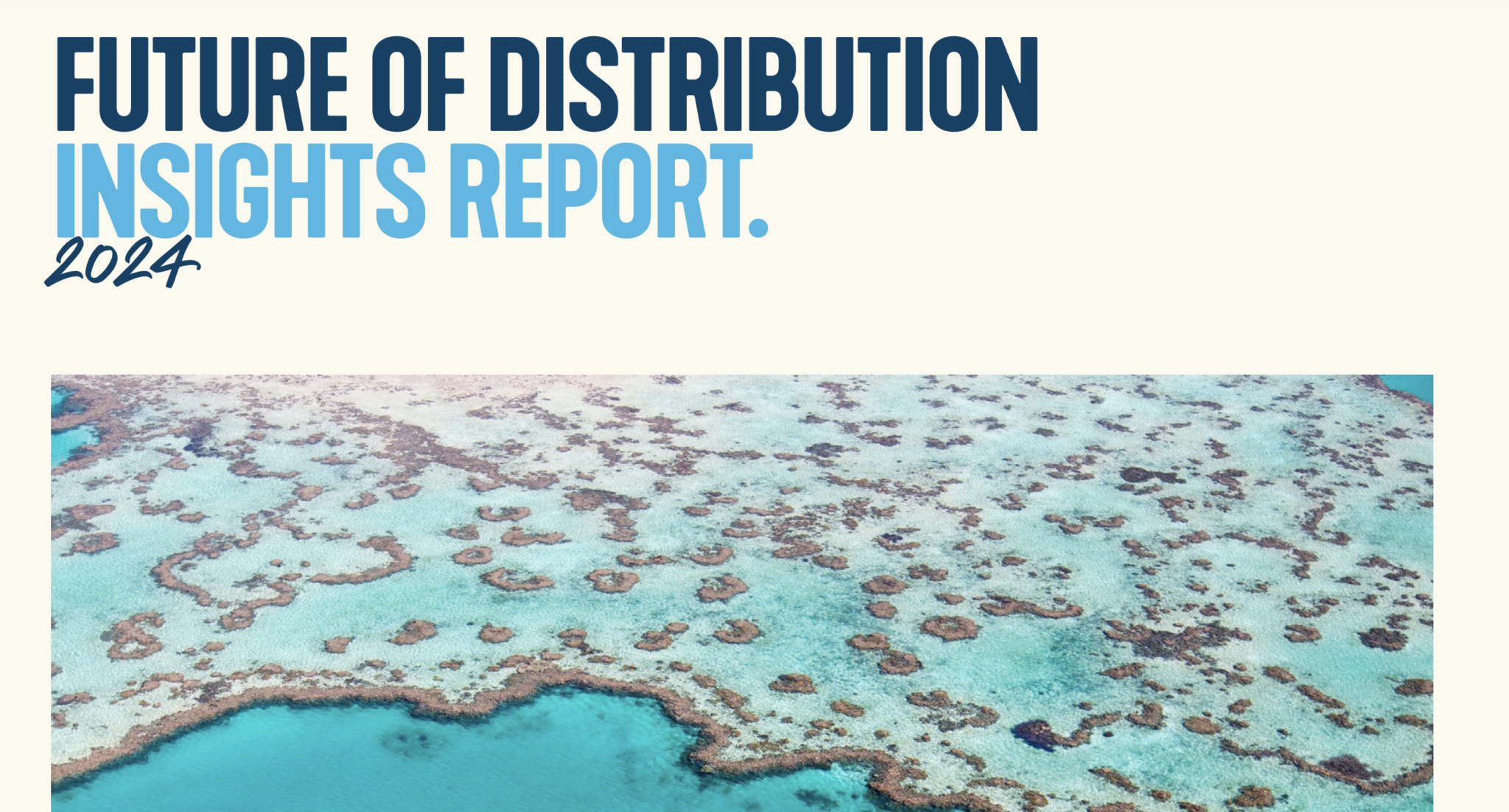U.S. Travel Industry Jobs Ended 2016 With Modest Gains and Smaller Growth

Skift Take
As if 2016 hadn’t already brought enough bad news to travel brands in virtually every corner of the world, the events of last year — disease, terrorism, political unrest, and economic uncertainty, to name a few — have yet another bleak outcome in U.S. jobs.
Some 69,900 travel-related jobs, such as those in hotels, travel agencies, airports, and museums, were added in 2016, according to data from the latest jobs report from the U.S. Bureau of Labor Statistics (BLS) latest jobs report that details full-year 2016 employment data for the U.S.
Though that’s a gain for U.S. travel jobs, about 33.3 percent fewer jobs were added in 2016 than the 93,200 jobs added in 2015. Weaker demand in both international and domestic travel in the U.S. likely influenced hiring decisions and last year we heard various travel brand CEOs from Hilton Worldwide’s Christopher Nassetta to InterContinental Hotels Group’s Richard Solomons blame weak bookings and global events for poor quarterly performances during some earnings calls.
Total U.S. travel industry employees as of December 31 numbered 31.9 million, a 1.91 percent increase from the all U.S. travel jobs in December 2015. But BLS’ methodology for how it tracks travel industry jobs is probably missing the bigger picture, said Erika Richter, a spokesperson for the American Society of Travel Agents (ASTA).
About 201,800 Americans had jobs in travel arrangement and reservation services at the end of last year, a 0.2 percent decrease from December 2015. This sector includes brick and mortar travel agents but also tour operators, for example, though online travel agency jobs for companies such as Expedia likely aren’t included in that number, said Richter.
Brick and mortar travel agencies are also part of the 201,800 jobs. “We suspect that [BLS] is only counting brick and mortar travel agencies which doesn’t represent the entire ecosystem of our industry,” said Richter. “We hope through our meeting that we have this week with the BLS we can have more frequent conversations with them about employment data in our industry and also learn more about what their jobs surveys account for.”
Home-based travel agents, for example, account for 40,000 U.S. travel agent jobs, Richter said, but she’s unsure if those are included in the data. “We’re seeing more and more people interested in becoming a travel agent this past year,” said Richter.
Regardless of piqued interest in travel agent careers, the fact that the sector ended the year with fewer jobs than it began with speaks to general uncertainty in the job market and the level of demand travelers had for agents last year.
U.S. hotels fared only slightly better, with 1.93 million jobs as of December 31, a 0.46 percent increase from the previous year. In June, the Bureau of Labor Statistics reported that hospitality jobs posted some of the most growth for the U.S. economy that month, albeit, the hospitality sector’s job growth wasn’t as healthy as 2015.
Airlines and airport employees had one of the strongest gains for travel sectors, with 471,400 jobs as of December, a two percent increase from last year. U.S. airlines and airports still came out of 2016 with overall jobs growth despite labor strikes and heated contract negotiations with airlines like Southwest.
The travel industry accounted for 3.2 percent of total non-farm U.S. jobs added in 2016 and directly supports one in nine American jobs, according to the U.S. Travel Association. The Bureau of Labor Statistics’ data found travel industry made job gains in every month in 2016 expect April, May and June when 2,100, 4,300 and 4,800 jobs, respectively, were lost.
While this data doesn’t indicate a year gone by with massive layoffs across travel brands as many sectors consistently posted gains month-over-month and for the year, it should be regarded with caution that this is the frame of mind employers and hiring managers in travel have heading into 2017.
U.S. Travel Industry Job Growth, 2015 vs. 2016
(Numbers are in thousands)
| Sector | December 2015 | December 2016 | Percent Growth December 2015/December 2016 |
|---|---|---|---|
| Overall U.S. travel industry jobs | 31,348.20 | 31,947.60 | 1.91% |
| Arts, entertainment, and recreation | 2,195.50 | 2,235.20 | 1.80% |
| Performing arts and spectator sports | 464.3 | 462.8 | -0.32% |
| Museums, historical sites, and similar institutions | 152.50 | 158.50 | 3.93% |
| Amusements, gambling, and recreation | 1,578.70 | 1,613.90 | 2.22% |
| Accommodation (Hotels) and food services | 13,146.40 | 13,402.00 | 1.94% |
| Accommodation (Hotels) | 1,926.40 | 1,935.40 | 0.46% |
| Food services and drinking places | 11,220.00 | 11,466.60 | 2.19% |
| Travel arrangement and reservation services | 202.4 | 201.8 | -0.29% |
| Air Transportation | 462 | 471.4 | 2.03% |
Note: The Bureau of Labor Statistics categorizes sectors such as performing arts, entertainment and sports as part of leisure and hospitality, though many of these jobs aren’t supported directly by travelers.
Source: U.S. Bureau of Labor Statistics




